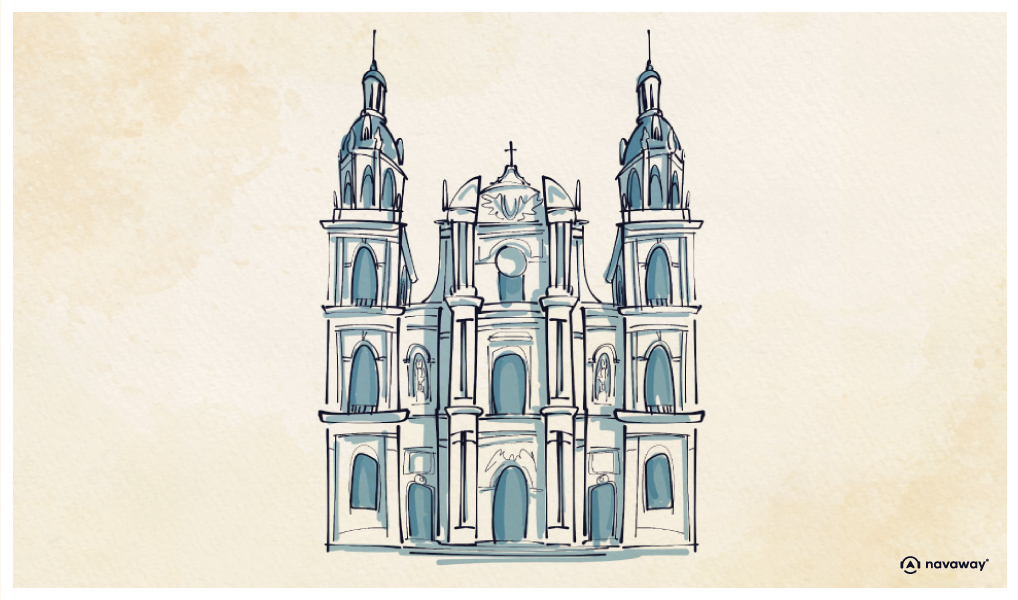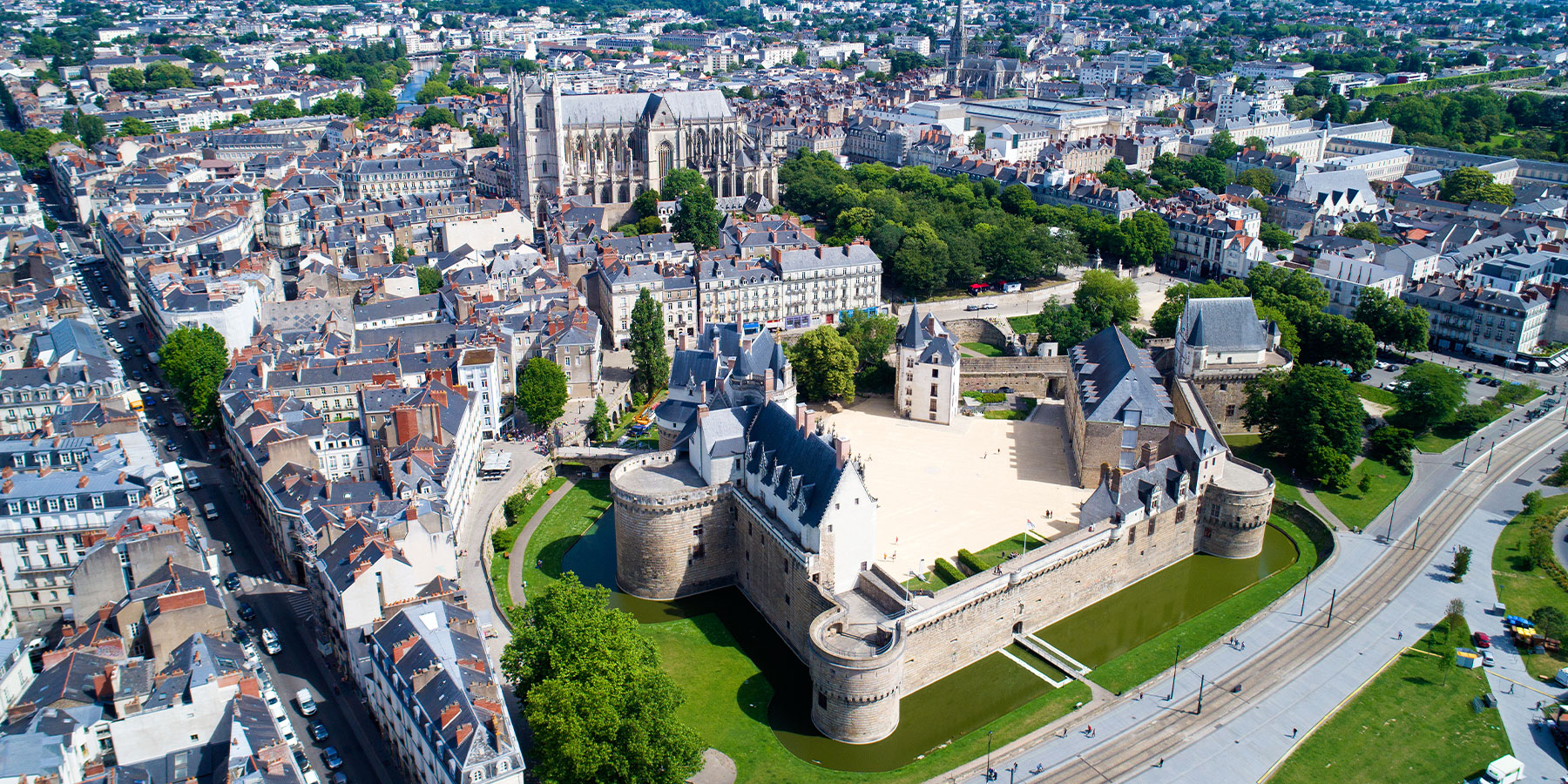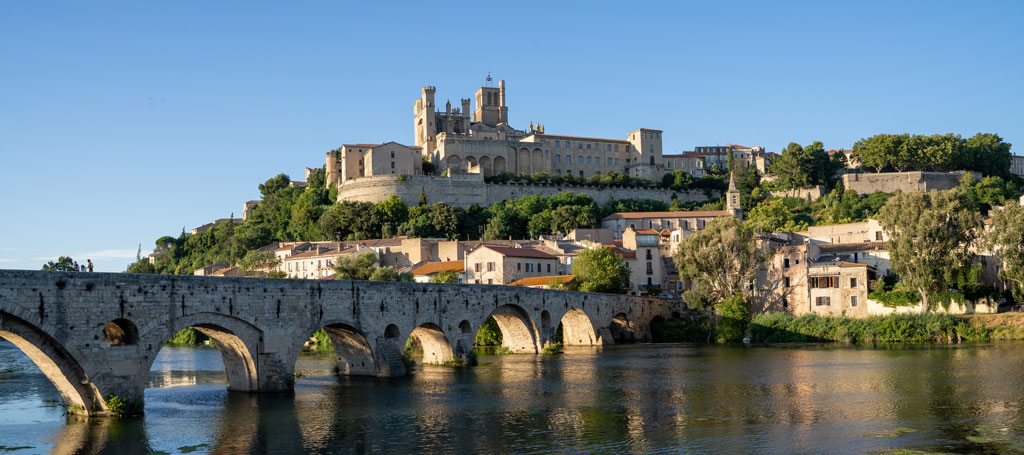
The Cathedral of Our Lady of the Annunciation

This point of interest is available as audio on the tour: Visit Nancy, At the Gates of the Ducal City
The sound of bells? Yes, but not just any bells. These announce the presence of Nancy’s cathedral, Our Lady of the Annunciation. While it may not be listed among France’s great cathedrals, it’s still an incredibly fascinating site. The story behind its creation is quite the tale. Back in the Middle Ages, Nancy was under the bishopric of Toul, which was independent from the Duchy of Lorraine. But when Lorraine came under French rule in 1552, the Dukes of Lorraine saw an opportunity to establish an episcopal seat in Nancy, helping to maintain both political and spiritual independence. After much effort, it was Duke Charles III who succeeded in making Nancy a primatial seat in 1602. Two provisional churches were built, and then, in 1703, the construction of the current cathedral began, inspired by the Sant’Andrea della Valle church in Rome. It was completed 39 years later, making it one of the rare cathedrals built during the classical period, with a façade that showcases the balanced and austere style of that era. Inside, a sense of harmony flows through the 60-meter-long nave, flanked by two collateral aisles and two side aisles, each with three chapels, and a dome adorned with a fresco depicting “celestial glory.” Among the most notable features you can admire are the lateral chapel gates, crafted by Jean Lamour, who was the locksmith and ironworker for Stanislas Leszczynski, the former King of Poland and Duke of Lorraine. Also worthy of admiration is the grand organ, rebuilt in 1861 by Aristide Cavaillé-Coll, one of the 19th century’s most renowned organ builders. This magnificent instrument is classified as a historical monument, just like the cathedral itself, which has held that distinction since 1906.


Discover Nancy with app
An interactive guide through the most beautiful streets, squares, and districts
27 fun audioguides full of historical facts, anecdotes, and legends





Comments